By Laurie
When Beverly and I merged our households, she brought a Peace Lily to our house. Although I had occasionally seen some of these plants, I had never had an opportunity to watch the blooms develop over time. Beverly’s Peace Lily was very large and we kept it in the foyer of our old house where it received indirect sunlight. When we moved to our current home, she split it into four or five pieces. We kept one in our sunroom and distributed the rest to some of her relatives. The blooms I photographed were the first blooms since it was split up nearly a year earlier.
The Peace Lily (Spathiphyllum cochlearispathum) is a tropical, evergreen perennial plant that makes a good houseplant as they do well in low light and low moisture – it is not a real lily. The Peace Lily has long, broad leaves and the flower is partially surrounded by a white spathe or bract. The spathe is actually a specialized leaf associated with the flower, but not part of the flower itself. The off-white portion of the flower in the center is called the spadix. The spadix in turn grows minute flowers that are protected by the spathe. The flower begins on a separate stem with the spathe initially appearing more like a new, curled whitish leaf. As the flower develops the spathe starts to open revealing the spadix inside. There is an enlargement of the spadix in the Additional Images gallery below along with photographs showing the evolution of the blooms, which lasted about four months.
Most of the images in the gallery below are multiple images combined using focus stacking to keep the entire subject in focus. There is a description of focus stacking on the Definitions & Apps page.
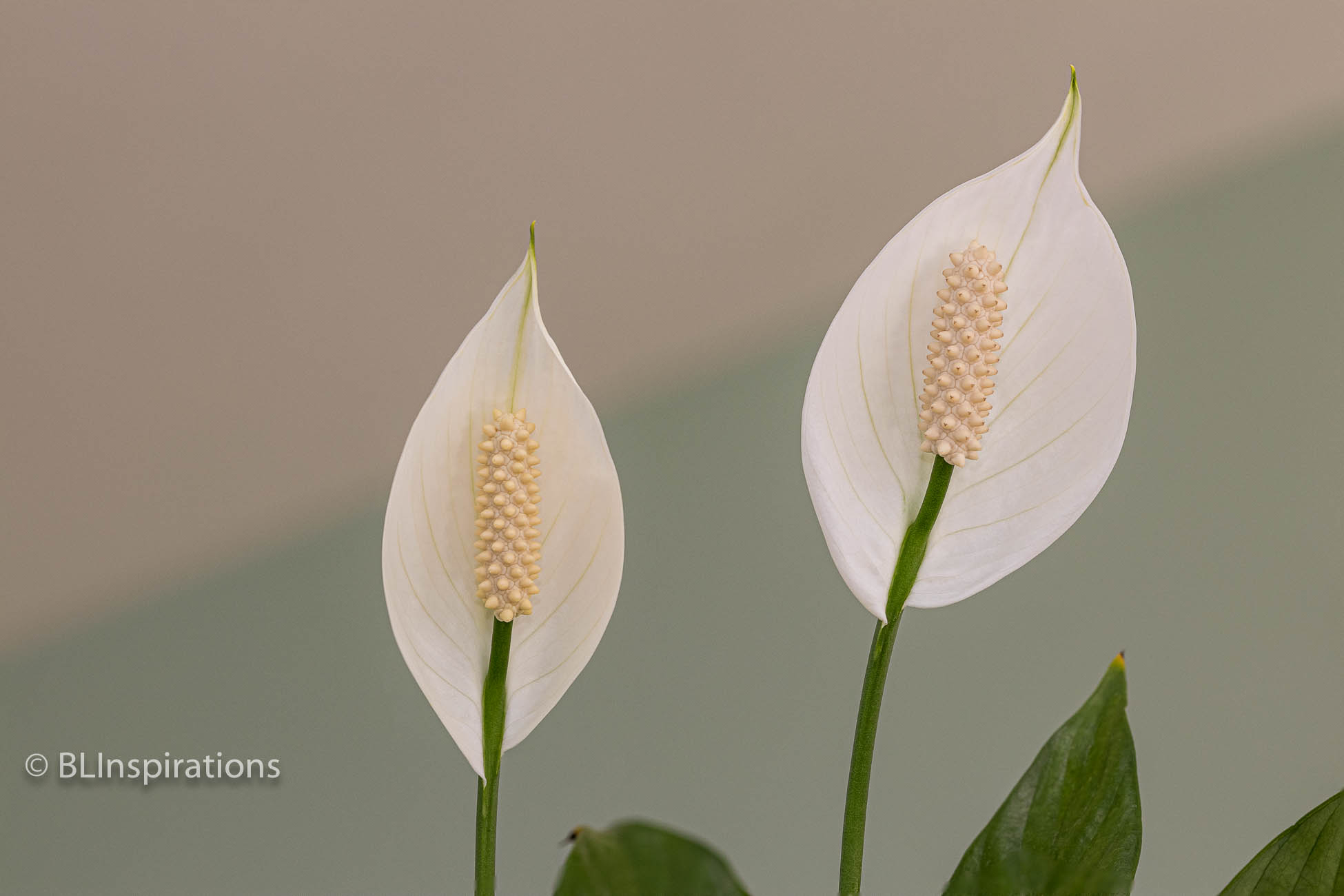
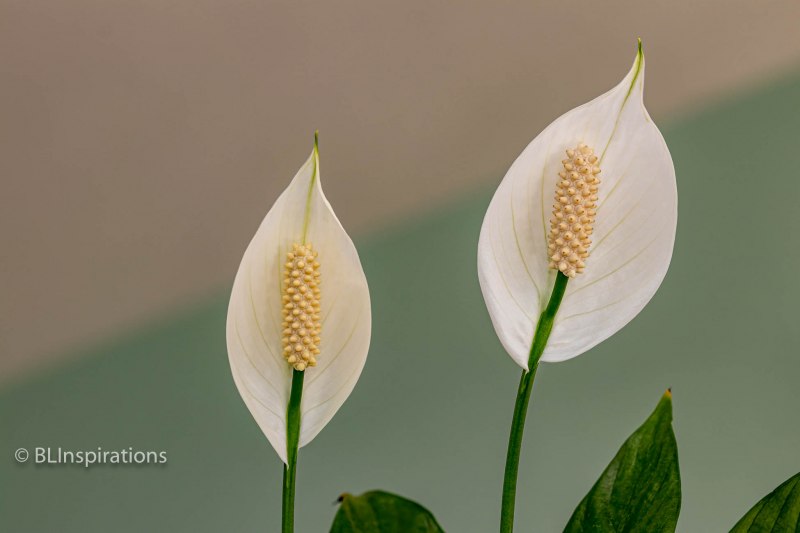
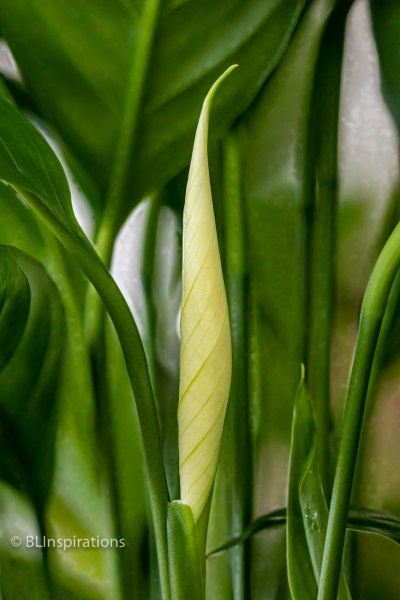
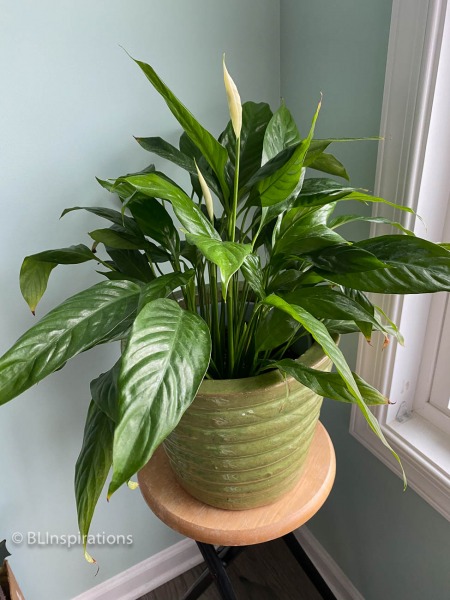
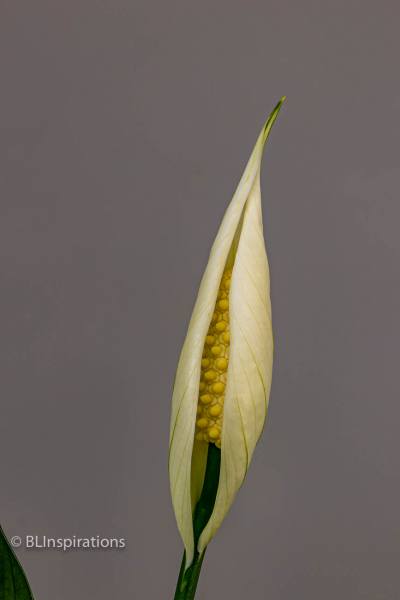
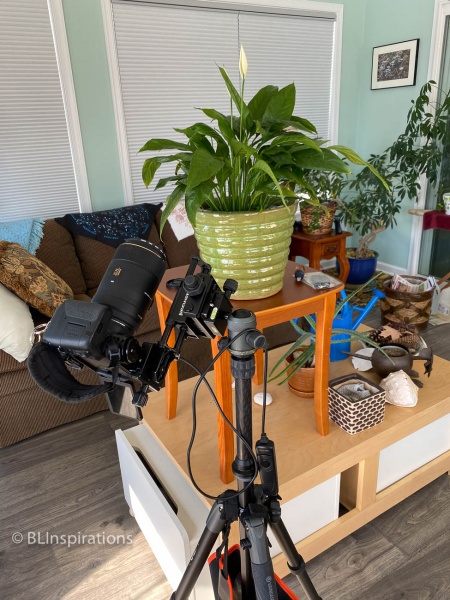
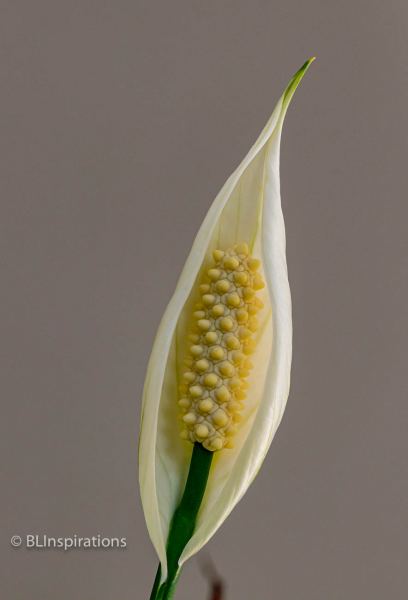
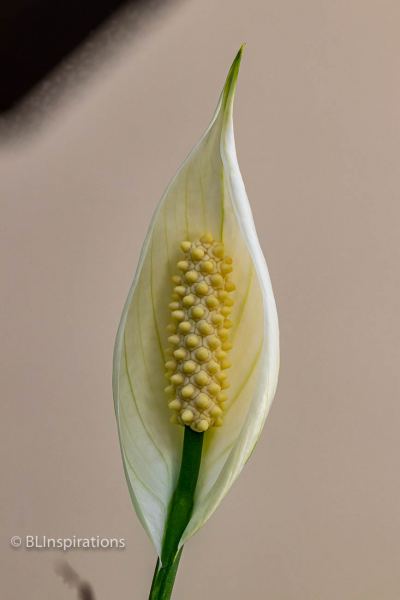
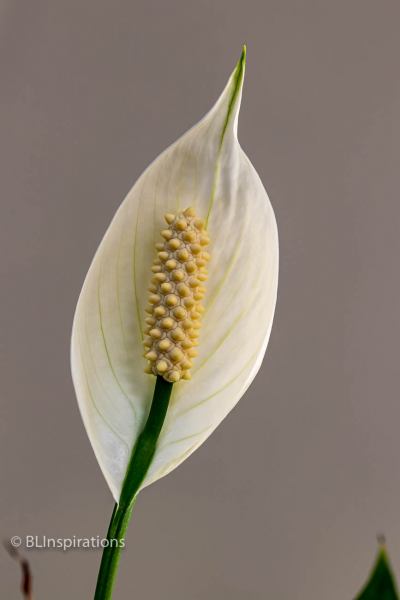
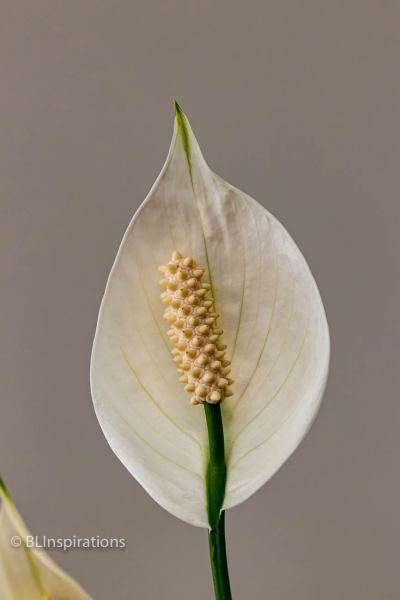
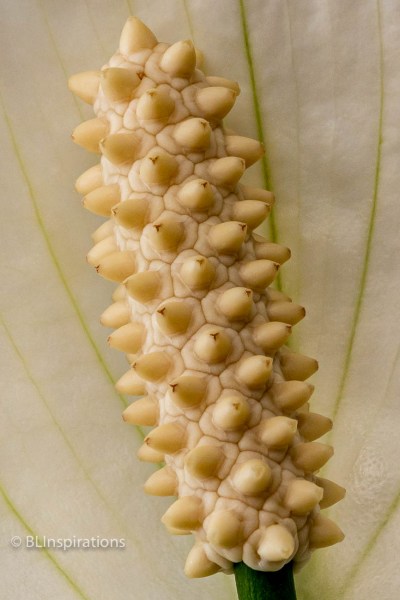
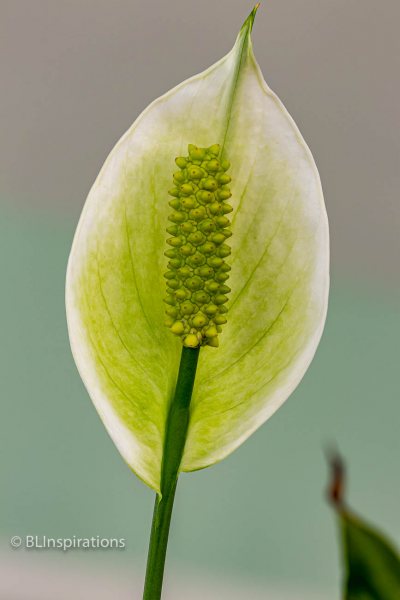
are these seeds to plant?
We have always split the plant into smaller pieces to share rather than using the seeds but you can harvest the seeds if you desire. More information is available at masterclass.com.